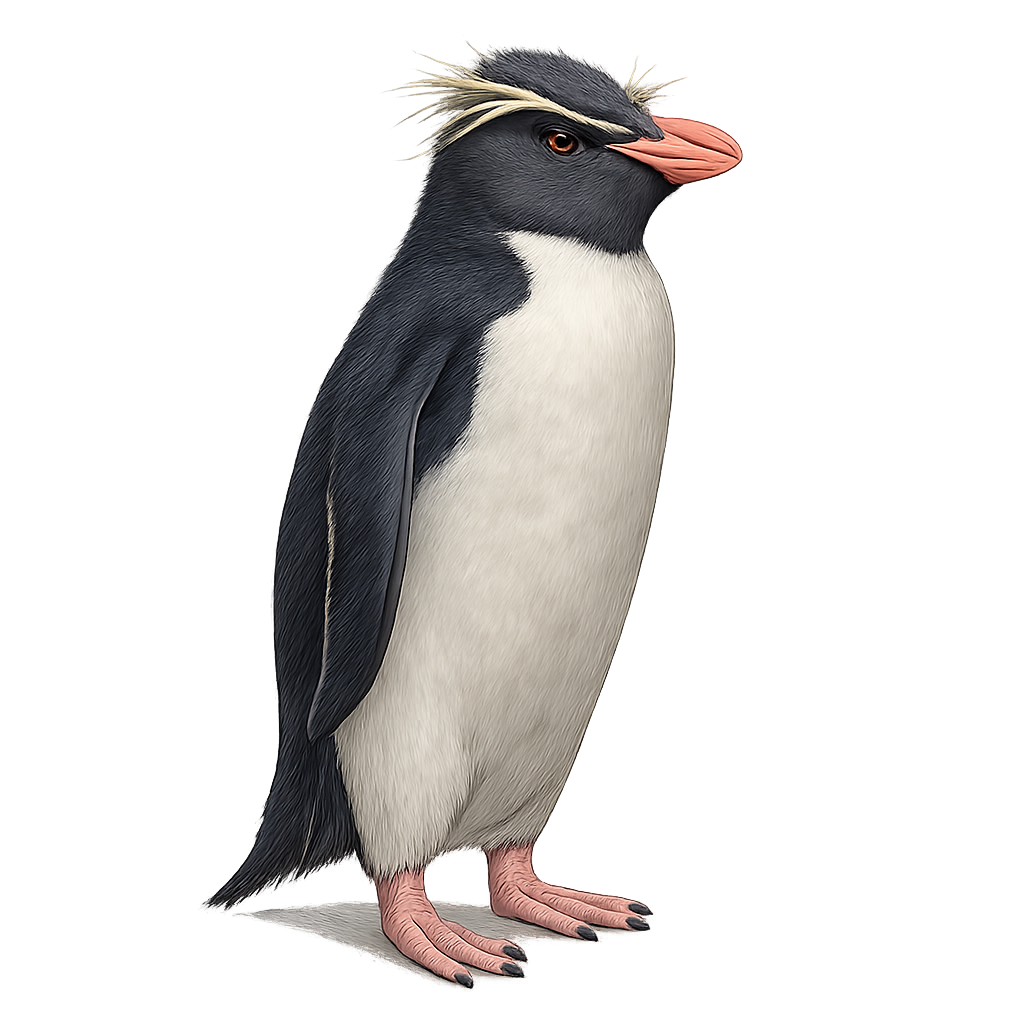Your wildlife photography guide.
Explore the southern rockhopper penguin in detail, study its behavior, prepare your shots.
Where to observe and photograph the southern rockhopper penguin in the wild
Learn where and when to spot the southern rockhopper penguin in the wild, how to identify the species based on distinctive features, and what natural environments it inhabits. The WildlifePhotographer app offers tailored photography tips that reflect the southern rockhopper penguin’s behavior, helping you capture better wildlife images. Explore the full species profile for key information including description, habitat, active periods, and approach techniques.
Southern rockhopper penguin
Scientific name: Eudyptes chrysocome

IUCN Status: Vulnerable
Family: SPHENISCIDAE
Group: Birds
Sensitivity to human approach: Very shy
Minimum approach distance: 20 m
Courtship display: October to November
Incubation: 32-34 jours
Hatchings: November to December
Habitat:
Subantarctic rocky islands and coastal cliffs
Activity period :
Primarily active during the day, with peak activity in the morning and late afternoon.
Identification and description:
Small penguin 45–60 cm long, 2–4.3 kg, with contrasting black-and-white plumage and distinctive yellow crest tufts on each side of the head. Occurs on subantarctic islands, feeds mainly on crustaceans, fish and krill, diving to 100 m, and breeds in large colonies on rocky shores.
Recommended lens:
300 mm – adjust based on distance, desired framing (portrait or habitat), and approach conditions.
Photography tips:
Position yourself at the edge of a cliff colony, about 20 m away, and wait for penguins to move among the rocks. Shoot early morning or late afternoon for raking light, and use a fast shutter speed to freeze movement and splashes.
The WildlifePhotographer App is coming soon!
Be the first to explore the best nature spots, track rutting seasons, log your observations, and observe more wildlife.
Already 1 430 wildlife lovers subscribed worldwide

